Blink Outdoor vs. Ring Stick Up Cam: Which should you buy?
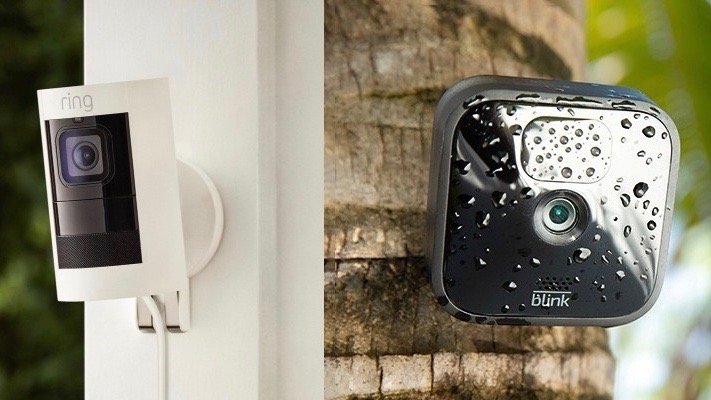
Ring Stick Up Cam
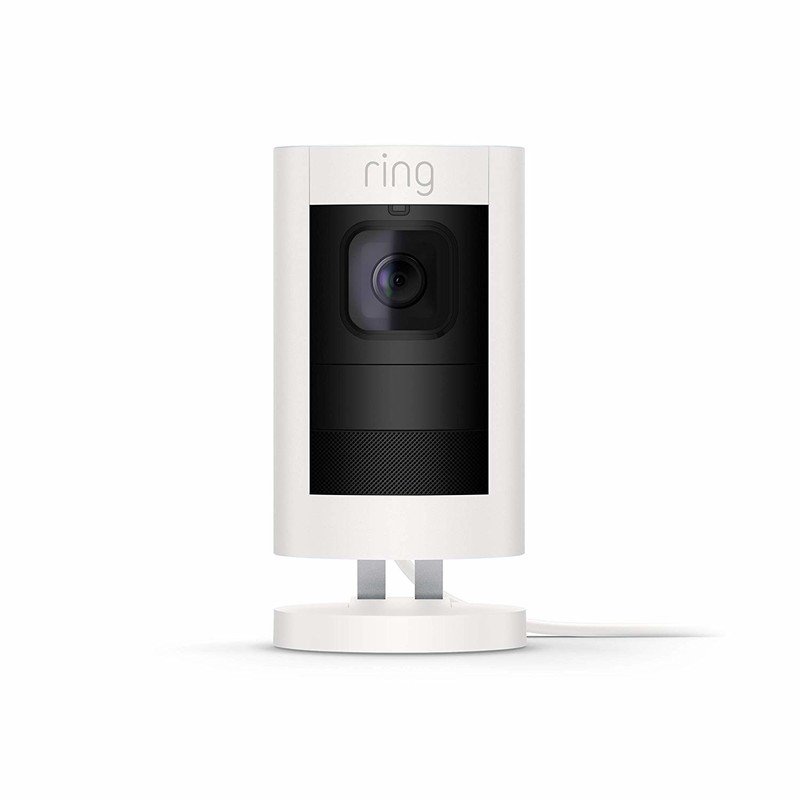
Ring designed its cams to work with most power sources so you can stick them virtually anywhere, but its rechargable battery isn't long-lived. The Ring Stick Up cam offers a cheap price point to cover your home in cameras, then pay for professional monitoring for a cheap monthly fee. They can also integrate into the Ring Alarm security system.
Ring Stick Up Cam
Better AI and home security ecosystem
Blink Outdoor Camera
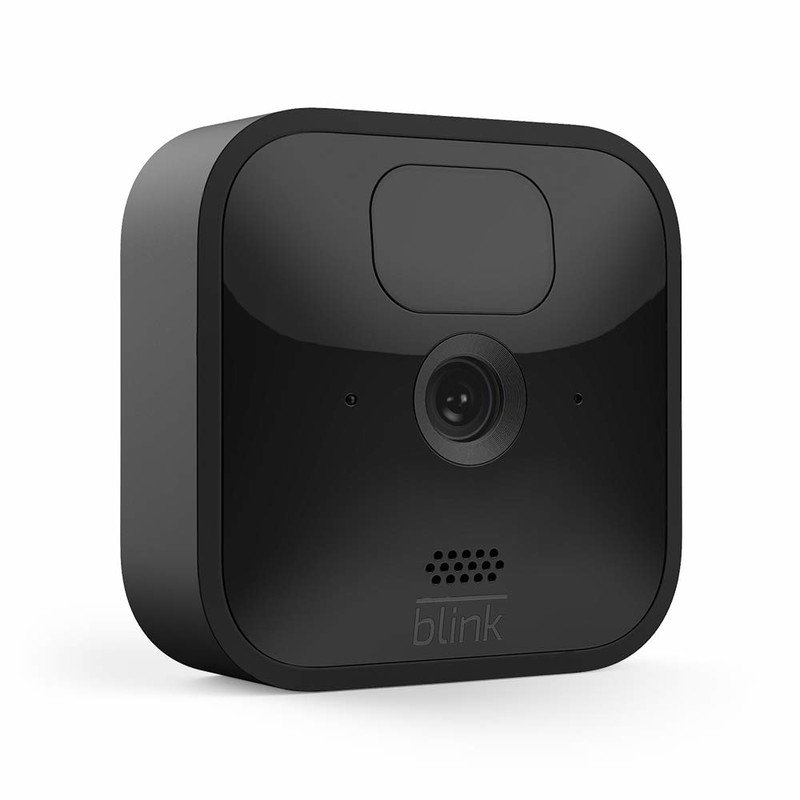
The new Blink Outdoor camera was designed to take a few disposable AA batteries and power your security for years on end, while other cams need monthly recharges. It offers local or cloud storage, but requires you to self-monitor your app alerts. It's a good option to buy in bulk at a discount, then pair with your Amazon speakers and screens.
Blink Outdoor Camera
Better battery life and storage options
When comparing the new Blink Outdoor versus the Ring Stick Up Cam, two security cameras designed to be mounted anywhere without worrying about running out of power, you're choosing between Blink's industry-leading battery life and Ring's versatile power options. Ring Stick Up Cams offer better AI detection and professional monitoring, while Blink Outdoor Cameras give the option to store video locally and buy them in bulk at a discount. We've broken down the other areas where these cameras surpass one another, and which you should rely on for home security.
Blink Outdoor versus Ring Stick Up Cam: Same list price, different power sources
Amazon owns both Blink and Ring, making it somewhat unsurprising that these two companies gave their budget outdoor security cams the same list price and somewhat similar specs. Yet these two companies bring very different perspectives to home security.
Starting with the cameras, you'll find both hit an industry-average 1080p resolution, and more importantly can record up to 30 FPS at lower resolutions for capturing fast-moving people clearly (most security cams have a 15 FPS threshold). Ring Stick Up Cams are slightly better for warmer climates, which will really only matter if you live somewhere where temperatures rise into the 110 degrees Fahrenheit regularly. Blink Outoor Cameras just eke past Ring in its vertical field of view (FOV) but lose slightly in horizontal FOV. In truth, neither cam is particularly impressive in this area, but the prices make them worthwhile.
| Header Cell - Column 0 | Blink Outdoor | Ring Stick Up Cam |
|---|---|---|
| Variations | One model only | Battery, Plug In, Solar and Elite |
| Colors | Black | White, Black |
| Temperature range | -4°F to 113°F | -5-122 degrees Fahrenheit |
| Field of view (FOV) | 110 degrees diagonal (approximately 102 degrees horizontal, 70 degrees vertical) | 110 degrees horizontal, 57 degrees vertical |
| Frames per second (FPS) | Up to 30 | Up to 30 |
| Resolution | 1080p HD | 1080p HD |
| Night Vision | Infrared (Black & White) | Infrared (Black & White) |
| Battery Life | Up to 2 years with 2 AA batteries; or, up to 4 years with Battery Extender accessory | Up to (approximately) 12 months, or "1,000 activations" with rechargable battery; unlimited with Plug-In or Solar model |
| Audio | 2-way with speaker | 2-way with speaker |
| Cloud storage | Free through 2020, then $3/month per camera or $10/month for unlimited cameras | $3/month per camera or $10/month for unlimited cameras |
| Local storage | Yes, up to 64GB of motion-activated clips with the Blink Sync Module 2 | No |
| Professional video monitoring | Not available | Yes, with Ring Protect Plus |
| Motion detection | Yes | Yes |
| Sound detection | No | No |
| Smart detection features | Can adjust Sensitivity settings to only target smaller moving objects | Person Only mode, Motion Verification Mode (both with Ring Protect subscription) |
| Activity zones and privacy zones | Yes | Yes |
| Two-factor authentication | Yes | Yes |
| Smart home compatibility | Alexa, Echo speakers and screens, Fire tablets, IFTTT | Alexa, Echo Show, Echo Spot, "Works with Ring" devices, IFTTT |
The most significant divergence between the two is their power source and how much power the camera draws it. Blink designs its cameras to run off of two disposable lithium AA batteries for an average of two years. If two years isn't enough, Blink will soon release the Blink Camera Battery Extension Pack, a simple add-on that lets you insert four AA batteries at once. That gives each Blink Outdoor camera an estimated four-year average battery life before you need to swap in some new batteries — though the real number may be far less based on how often your camera activates or how often you use live view. It also ships with a USB cable and power adapter that will let you power it using an outlet.
The Ring Stick Up Cam Battery runs off of a quick-release battery pack that supposedly lasts about 6-12 months based on "1,000 activations" during that time, according to Ring, and then takes about 5-10 hours to charge. Unfortunately, our reviewer found that his camera only lasted about two or three weeks on a full charge with full motion alerts active. As a battery-powered option, the Ring Stick Up Cam doesn't match up well with the Blink Outdoor's longevity.
Be an expert in 5 minutes
Get the latest news from Android Central, your trusted companion in the world of Android
However, Ring sells a Plug-In version that stays charged via an outlet, along with a Ring Solar Panel that keeps your Stick Up Cam Battery charged constantly so long as you get a few hours of sunlight per day.
Blink Outoor cameras will truck along for years capturing footage, particularly with the Battery Extender, which costs less than the Ring Solar panel. Swapping out AA batteries will take moments, while Ring can leave you with a longer security gap with its 5+ hour recharge time. Moreover, you can plug in your Blink Outdoor camera into an outlet if you'd prefer, while with the Ring Stick Up Cam, you must choose between the battery or plug-in models. On the plus side, Ring has a more versatile mounting kit that makes it easier to access and remove the battery pack, and Blink doesn't have a solar power option like Ring.
Blink Outdoor versus Ring Stick Up Cam: Monitoring, AI, storage and sensors
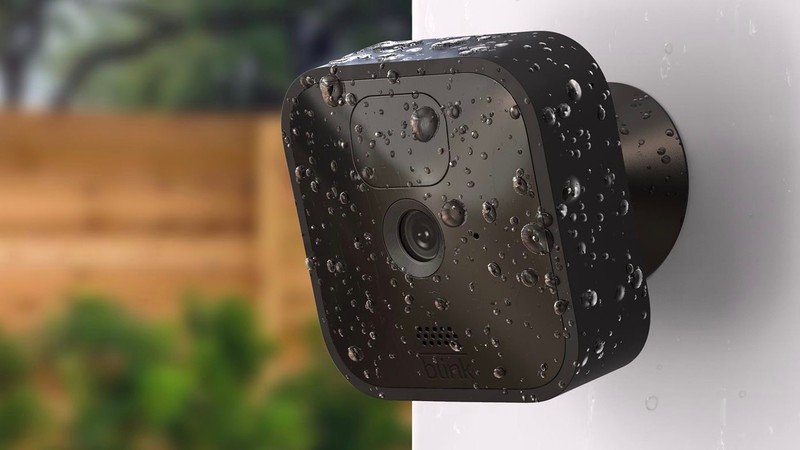
Blink trusts its customers to be self-sufficient about protecting themselves. Ring lets users rely more on them and their neighbors for outside help and monitoring, at the cost of some privacy.
Ring has a professional monitoring plan with Ring Protect Plus, which gives you 24/7 monitoring and 60 days of cloud storage and video history for $10/month. Blink has no professional monitoring to offer, and charges the same $10/month for video storage alone. Both companies offer a $3/month subscription for cloud storage for a single cam.
If you prefer local storage, Blink includes the Sync Module 2 with the Blink Outdoor, which lets you store footage locally for up to 10 cameras, then view and download said footage on your computer. Ring has no such option, so your private feeds have to be stored on the cloud.
If you choose Blink for its battery life and storage options, you need to be prepared to check every motion detection alert yourself, and be prepared to see some false positives. The Blink Home Monitor app lets you adjust your activity zone so only motion in specific areas trigger an alert, but it doesn't have an automated Person Only mode like Ring. Instead, you must adjust the Sensitivity settings manually to only pick up movement from smaller objects, and it may be tricky to hit the sweet spot yourself.
In the Ring app you can draw and drag boundaries to create an exact, customized activity zone. With Blink, it splits the camera feed into 25 rectangles, so blocking out unwanted alerts in non-geometric areas is trickier. Ring offers a Person Only mode, as well as a Motion Verification setting that uses an automatic AI algorithm to reduce false positives.
As both companies are Amazon-owned, you get extensive integration with Alexa commands and Echo screens, but no native support in other popular ecosystems like Google Home and Apple HomeKit. The key difference between their smart home potential is that Blink supports IFTTT automations with third-party smart tech, while Ring connects with a limited selection of "Works with Ring" devices like smart locks, light switches, sensors, and sirens.
Ultimately, Blink sells cameras and camera accessories, which can pair with other tech but mostly stand on their own as a visual-based security system — the company no longer sells its own security system. Ring, on the other hand, incorporates its cameras into an actual security system with sensors and other accessories. In fact, we named the Ring Alarm security system our top pick for best budget home security system. If you want the option to build upon your cameras down the line into a more secure home, Ring is the better choice.
Blink Outdoor versus Ring Stick Up Cam: Which should you buy?
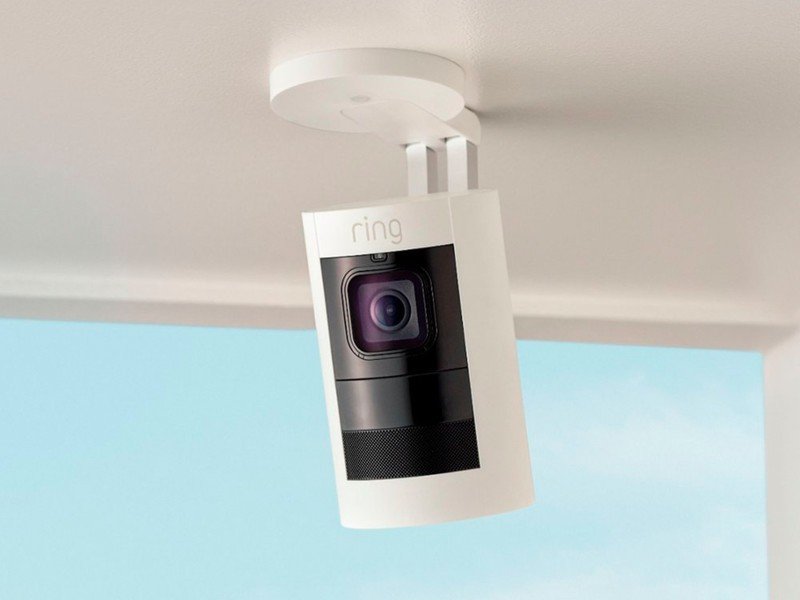
You can purchase the new Blink Outdoor cameras in bulk at a significant discount, giving it a potential edge if you want to cover a large home indoors and out. If you buy Battery Extenders to go with each cam, the price goes up significantly. On the other hand, if you don't want to constantly recharge your Ring Stick Up Cams, you'll either need power extension cables with the Plug-In Cams, or extra quick release battery packs or a Solar panel for Battery Cams, which makes the average Ring price higher than Blink's.
Putting price aside, we feel that Ring's app and compatibility with other security tech give it an edge. You have solid customization options in-app, built-in AI to reduce false positives, and the Ring Neighbors app for getting crime alerts from other families in your area. As we previously mentioned, Ring develops a variety of sensors and security tech that will pair nicely with your Stick Up Cams. Although, if you are comfortable working with IFTTT commands, Blink cameras can trigger automated actions like turning on lights in response to alerts or turning your cameras on when you leave home.
Both cameras are on our list of best wireless security cameras, so we don't consider either camera to be the wrong choice here. It comes down to how much time you want to spend checking motion alerts yourself, versus letting strangers handle it.
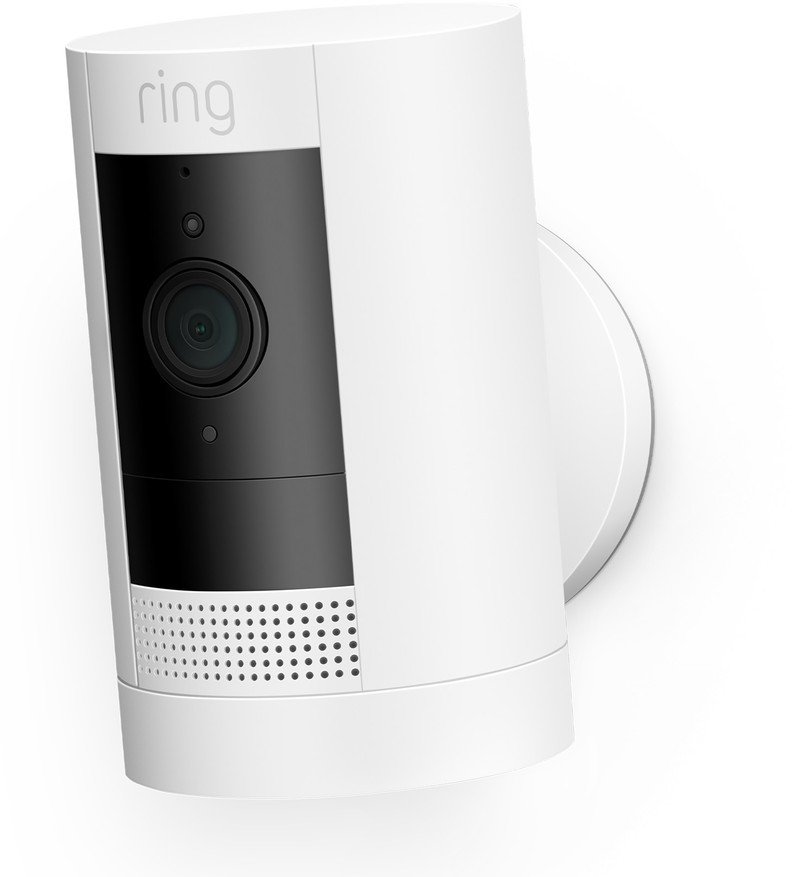
Cheap professional monitoring
Ring Stick Up Cams come with a battery, plug-in, solar or PoE option, customizing your power options in a way few other companies do. Ring makes the service affordable for people who can't buy security systems, but will let them upgrade with sensors and tech down the line.
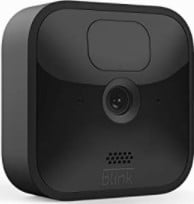
Four years on four AAs
With 30 FPS, 1080p video with IR night vision, and weather resistance for all climates, the new Blink Outdoor camera matches the specs of more expensive cameras at a bargain price, particularly if you buy a discounted five-pack.

Michael is Android Central's resident expert on wearables and fitness. Before joining Android Central, he freelanced for years at Techradar, Wareable, Windows Central, and Digital Trends. Channeling his love of running, he established himself as an expert on fitness watches, testing and reviewing models from Garmin, Fitbit, Samsung, Apple, COROS, Polar, Amazfit, Suunto, and more.
